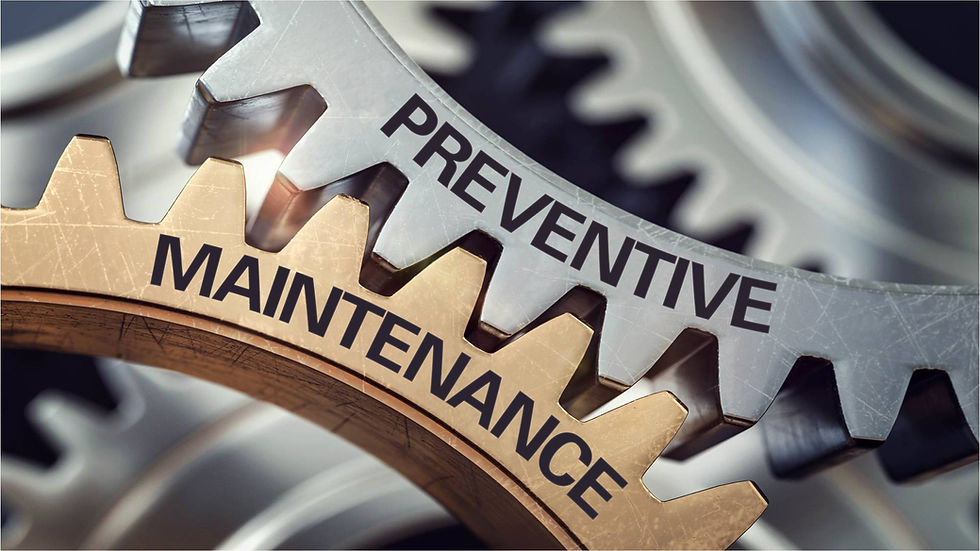The Best Placement on the Extruder for Melt Pressure Transducers
- Bob

- Feb 25
- 2 min read

Insights from the Nononsensors Technical Team - as always, we suggest you consult your process engineering network before making final decisions.
Melt pressure transducers are critical for maintaining precision and efficiency in extrusion processes. Correct placement ensures accurate pressure readings, leading to better product quality, reduced waste, and enhanced machine performance. At Nononsensors, our technical team has analyzed the optimal positions for melt pressure transducers to help you get the most out of your extrusion setup.
Why Melt Pressure Transducer Placement Matters
Improper placement of melt pressure transducers can lead to misleading readings, potential damage to the sensor, and inconsistencies in product quality. Understanding the right locations and best practices ensures stable pressure monitoring and process control.
Optimal Placement on the Extruder
1. Before the Screen Pack and Die
One of the most critical placements for a melt pressure transducer is just before the screen pack and die. This location provides:
Accurate process control: It helps regulate pressure to avoid excessive force on the die, reducing defects in the final product.
Early clog detection: Pressure buildup in this area signals potential blockages in the screen pack.
Improved consistency: Ensures even material flow for uniform extrusion.
2. After the Screw and Before the Screen Pack
Another key placement is between the screw and screen pack. This position allows operators to monitor pressure changes caused by variations in material properties or process inconsistencies. Benefits include:
Monitoring screw performance: Helps detect changes in the melt due to improper screw function or material variations.
Preemptive clogging alerts: Identifies issues before they reach the screen pack, enabling proactive maintenance.
3. Multiple Placement Strategy
For precise control, some extrusion setups benefit from multiple transducers along the barrel and downstream sections. Common configurations include:
Mid-barrel placement: Helps track pressure buildup due to material melting inconsistencies.
Post-die placement: Ensures the final extrudate meets quality specifications.
Near the hopper (optional): Some setups use sensors early in the process to monitor initial material feed pressures.
Best Practices for Sensor Installation
To maximize accuracy and sensor longevity, consider these best practices:
Correct depth and alignment: Ensure the transducer tip is properly immersed in the melt without excessive protrusion.
Proper sensor spacing: Avoid placing sensors too close to each other, as this can lead to redundant or misleading readings.
Regular maintenance: Keep sensors clean and periodically calibrate them to maintain accuracy.
Use high-quality mounting holes: Poorly machined holes can cause sensor misalignment and inaccurate readings.
Strategic placement of melt pressure transducers enhances extrusion efficiency, product quality, and equipment longevity. The optimal positions depend on your specific process, but general best practices include placing sensors before the screen pack and die, as well as after the screw. Using multiple sensors can provide a comprehensive view of the extrusion process, ensuring smooth operation and minimal downtime.
At NoNonSensors, we specialize in high-performance melt pressure transducers designed for precision and durability. Contact our team to find the right solution for your extrusion needs!




Comments